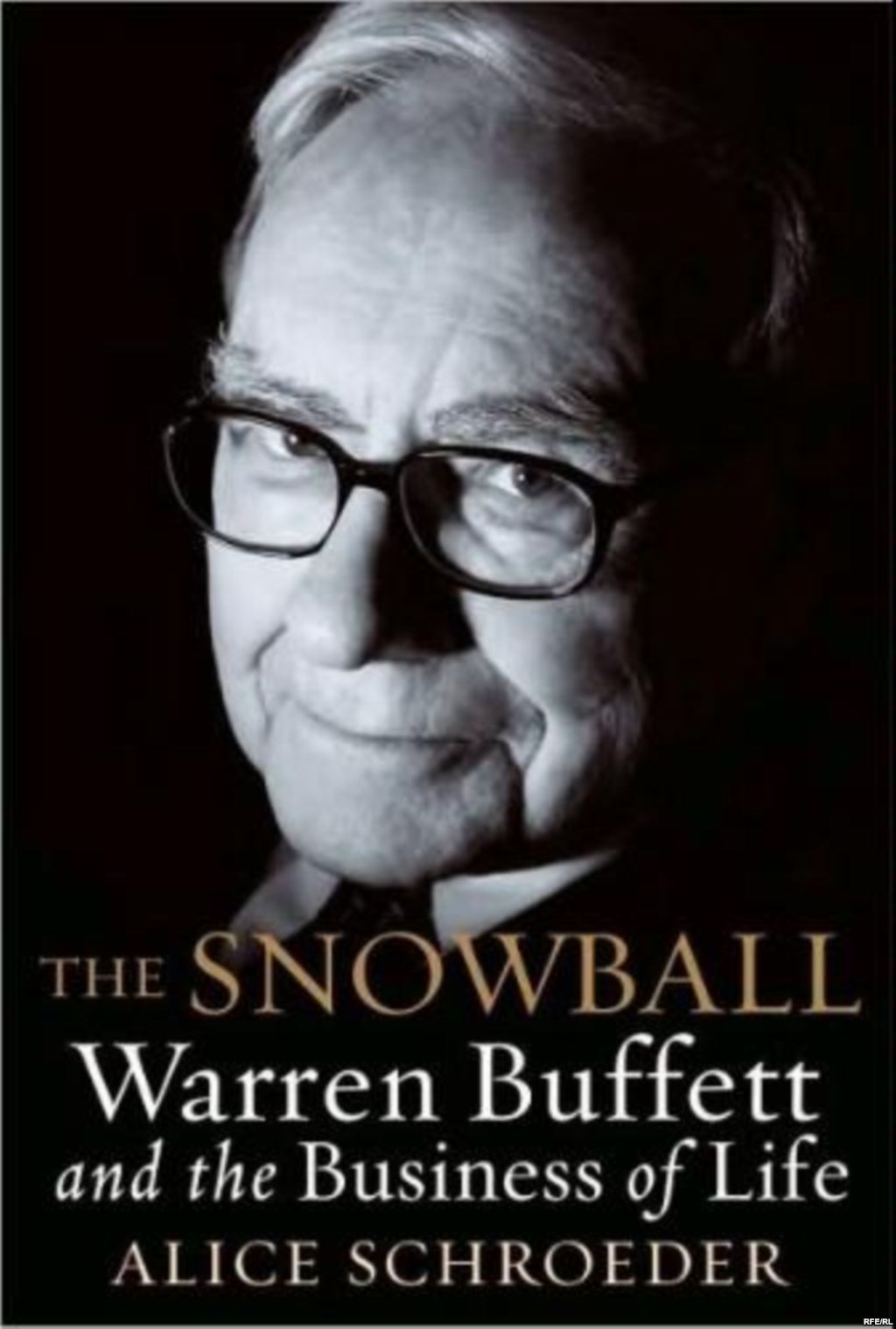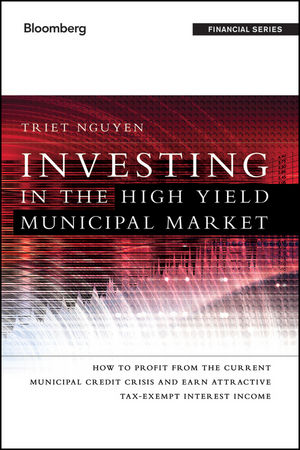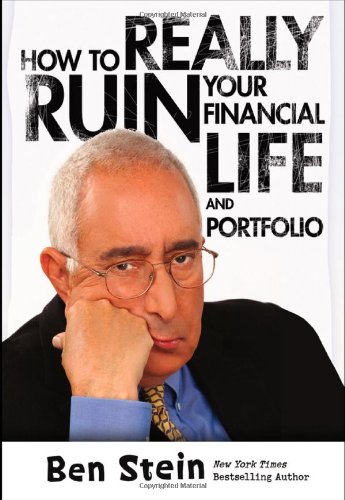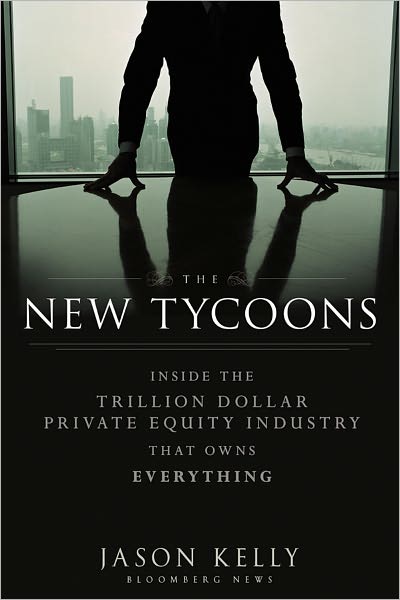
How cynical are you? How close have you been to politics in DC?
I know a lot of people who work for the US Government directly or indirectly, and they are astounded at the waste and fraud.? They are honest people, and it weighs on them.
The more I watch it, the more I think that power needs to come back to the states, and slim the Federal Government.
Now, I’m a libertarian of sorts, but what if you come to discover this as a “true blue” member of the Democratic Party?
Most people initially come to politics idealistically, and so did the author, inspired by… Joe Biden.? Now, with Mr. Biden, I did not see the thrill when I was younger.? Yes, there was more complex rhetoric, but nothing materially different then compliance with the particulars of the coalition backing the Democrats.
Be that as it may, the author went through many changes in supporting Biden and the Democratic Party.? Here’s his bio:
Jeff Connaughton holds an MBA with honors from the university of Chicago and a JD from Stanford Law school. He worked for four years as an investment banker, first at Smith Barney and then at E. F. Hutton. in 1987, he joined Joe Biden?s presidential campaign as Deputy national Finance Director and thereafter became his special Assistant when Biden chaired the senate Judiciary Committee. After graduating from Stanford, Connaughton clerked for Chief Judge Abner Mikva of the united states Court of Appeals for the DC Circuit, then followed Mikva as his special Assistant when Mikva was appointed Counsel to President Bill Clinton. in 2000, along with Jack Quinn and Ed Gillespie, Connaughton founded Quinn Gillespie & Associates, one of DC?s premier lobbying firms. He lives in Savannah, Georgia.
That’s a lot of change in 20+ years.? The book takes you from his early days, interleaving the recent versus the past, until we get to the financial crisis, at which point, the author’s faith in the Democratic Party is severely tested.? He never abandons his principles, but he grieves for his party.
His real crisis comes after Barack Obama is elected with Joe Biden as VP, and he and his boss are excluded because they have been lobbyists.? But the boss is appointed to fill the Senate seat of Joe Biden, and the author comes along as his senior aide.
They have two years to do what is right, uncorrupted by the money of politics, because he isn’t running for re-election.
They take on High Frequency trading.? Regardless of tighter spreads, is the amount offered at the spread similar-sized, or smaller?? Further, what happens in a crisis?? Do the market makers and specialists hold to their roles, or conveniently abandon them, amid crisis.? The latter seems to be true.? The philosophy is: to the degree that we have laws providing structure to markets, so that many people can trade easily, knowing that things are basically fair, we must review all practices that give unfair advantages to some.
In the process of trying to reform HFT, Ted worries that something like the “flash crash” will happen in advance of its occurrence, further burnishing his reputation as a thinker on markets.? Ted Kauffman asked: who is served by ever-greater liquidity? (P. 185)? From my angle, studies need to be done studying “percentage liquidity” seeing how spreads divided by average bid/ask size have to be done — narrow spreads don’t mean much if you can’t do much volume there.
On pages 204-5 of the book, it describes the gamut of Ted’s ambitions regarding the financial crisis:
Back in the senate, Ted had three great insights.? First, this wasn?t a time for vague legislation that kicks the can back to the very regulators who?d failed in the lead-up to the crisis; Congress needed to draw hard statutory lines, just as it had during the great Depression. Second, Wall street?s inherent conflicts of interest had to be resolved through structural reform, such as by reinstating Glass-Steagall or imposing size and leverage limits. Third, he wanted to take the fight straight to the megabanks on too-big-to-fail, making Wall street defend against structural reforms it opposed,at least to increase the chance that other provisions opposed by the banks, like the Consumer Financial Protection Bureau, would pass.
One thing he knew that I knew then and now.? The banking regulators did not use the tools that they had to do their jobs.? They were quiet accomplices as the leverage bubble built.
On page 228, Ted introduces “…the safe Banking Act of 2010, the Brown-Kaufman amendment would have put limits on the
size of and leverage used by megabanks by:
- imposing a strict 10 percent cap on any bank holding company?s share of the united states? total insured deposits;
- limiting the size of non-deposit liabilities at financial institutions (to 2 percent of U.S. GDP for banks, and 3 percent of GDP for non-bank institutions);
- setting into law a 6 percent leverage limit for bank holding companies and selected non-bank financial institutions.”
The most radical of the proposals is the middle one, which aimed to limit repo financing at financial institutions; it would have been much more effective than the Volcker Rule.? Most of the problems in a financial crisis stem from short-term liabilities financing long-term assets.? This attempts to address the short-term liabilities that do not stem from deposits.
As the author comments on page 229:
Remarkably, although there is a prudential cap on the amount of deposits the largest banks can hold, nothing limits bank liabilities like repos, which often must be rolled over every day.
This is insightful, and the insight should be extended to securities lending, and derivatives, where margining must be adjusted day-by-day.
As Ted proposes breaking up the too big to fail banks, he runs into a lot of resistance.? This includes pseudo-intellectuals like Larry Summers who argues on page 234:
Summers?s [sic] second argument was that, if we broke up the megabanks into smaller banks, ?it would actually make us less stable. Because the individual banks would be less diversified, they would be at greater risk of failing because they wouldn?t have profits in one area to turn to when a different area got in trouble.?
What Summers didn’t get is that complexity creates more risks than diversification erases.? Complex banks are typically not well-managed as far as bad times are concerned; diversification disappears during the crisis.? And if we had a lot of small banks, yes, we would have more failures, but no, the system would be more secure.? The system is at risk from the 4 to 20 banks that are so large that the US Government must bail them out.
As it was the Brown-Kauffman amendment failed, and a pity that it did.? Would that it had become law, as opposed to the watered-down “Volcker Rule.”
At the end the author leaves DC after his patron leaves office, and restarts his life in Savannah, Georgia.? He adjusts to the happiness of life outside the Beltway, and realizes that a life outside of politics can be pleasant.
Quibbles
Page 149 — there is no way that short-selling is behind 50% of trading on a normal basis.? If that is true, I have to rethink a lot.
Page 152 — Even with naked short selling, it is really difficult to move a stock’s price down.? I would encourage the SEC to try some experiments where they nakedly short a stock, and see if they can make money off it.? I bet they can’t.
Page 179 — spelling error: peak s/b peek.
Who would benefit from this book: ? This book will tell you how much DC is in thrall to the power of money.? Doesn’t matter which party, their ideals are up for sale.? If you want to, you can buy it here:?The Payoff: Why Wall Street Always Wins.
Full disclosure: The author’s PR Flack sent me a PDF file of the book.
If you enter Amazon through my site, and you buy anything, I get a small commission.? This is my main source of blog revenue.? I prefer this to a ?tip jar? because I want you to get something you want, rather than merely giving me a tip.? Book reviews take time, particularly with the reading, which most book reviewers don?t do in full, and I typically do. (When I don?t, I mention that I scanned the book.? Also, I never use the data that the PR flacks send out.)
Most people buying at Amazon do not enter via a referring website.? Thus Amazon builds an extra 1-3% into the prices to all buyers to compensate for the commissions given to the minority that come through referring sites.? Whether you buy at Amazon directly or enter via my site, your prices don?t change.









